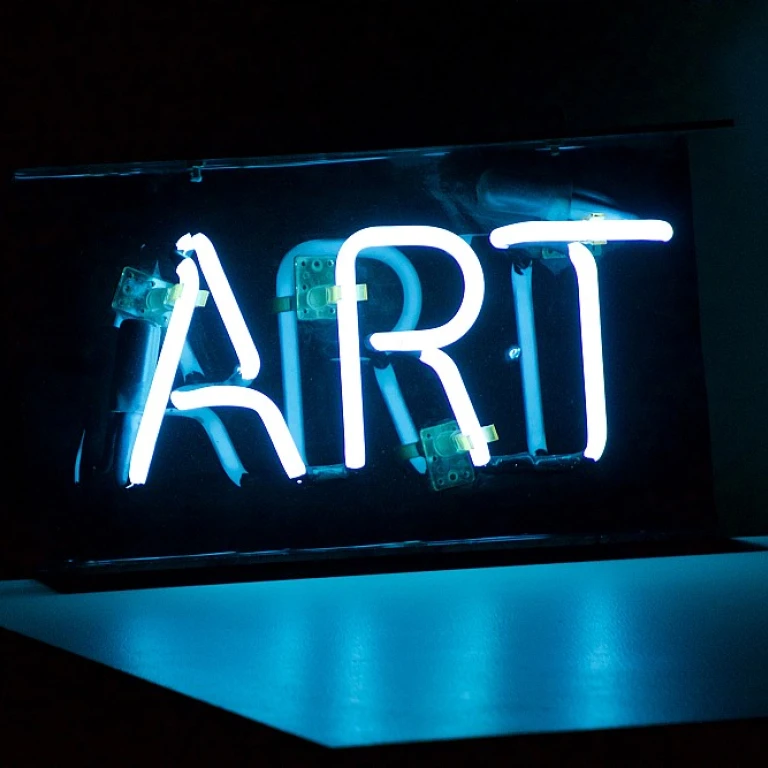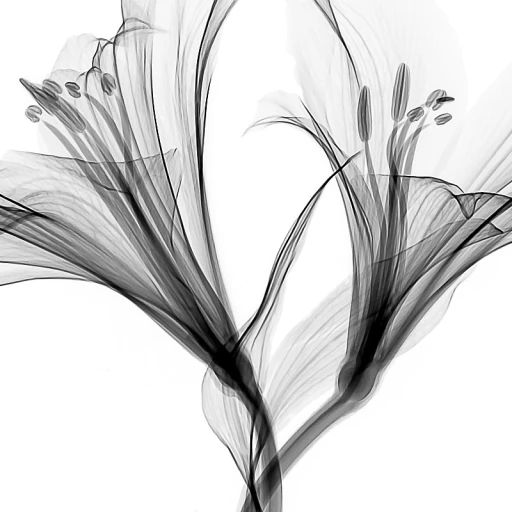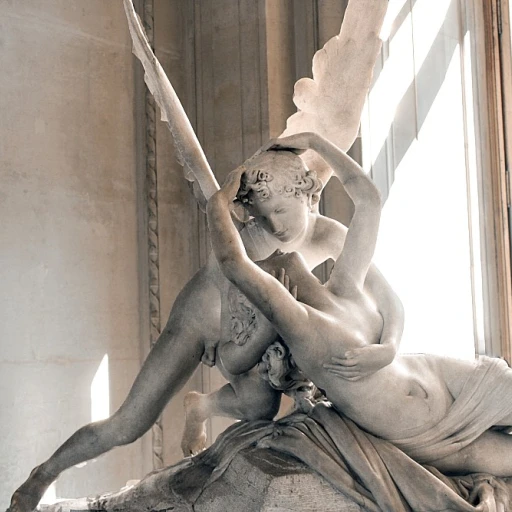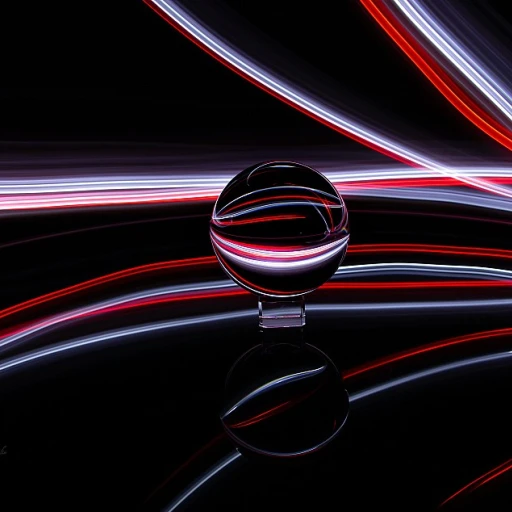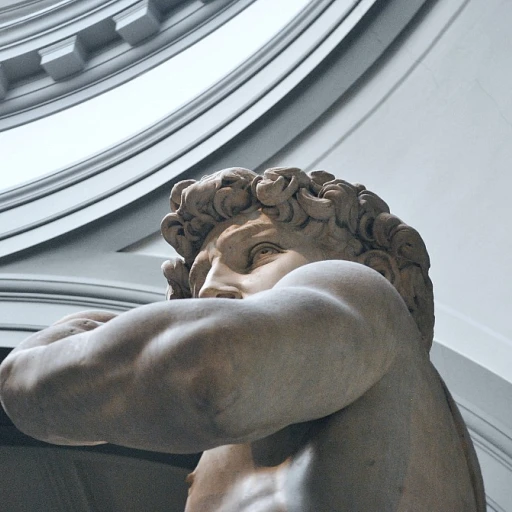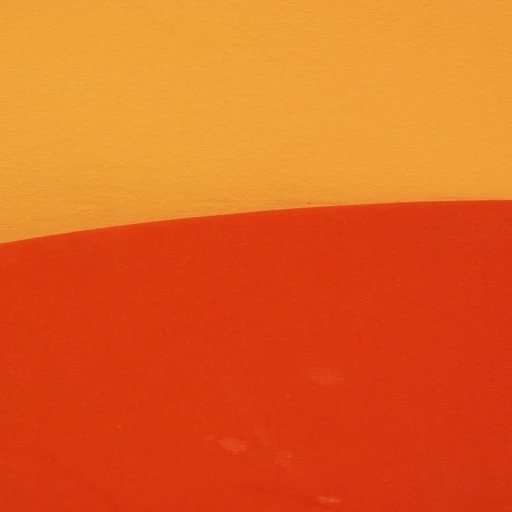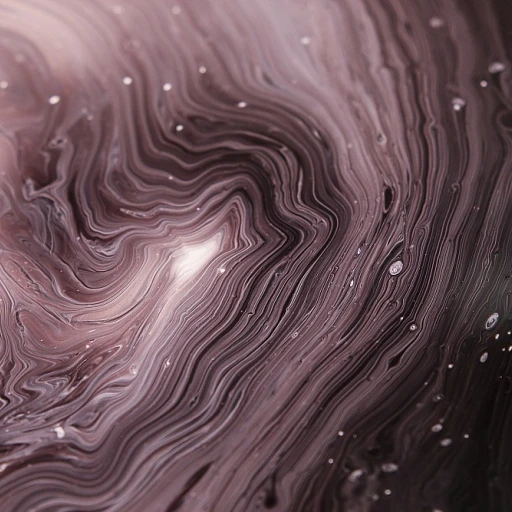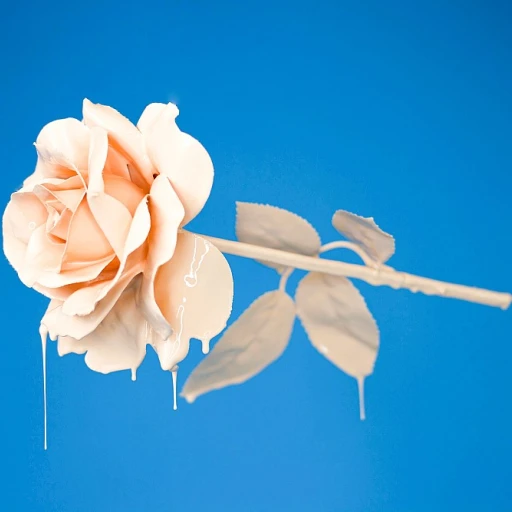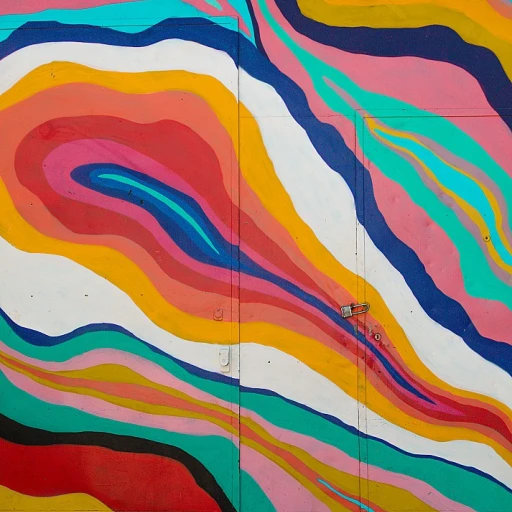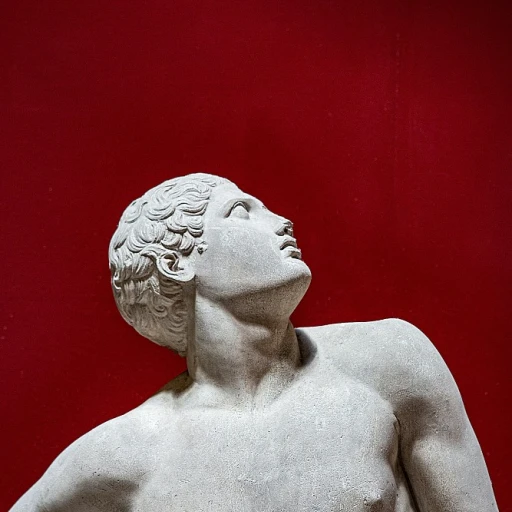-teaser.webp)
Understanding the Impact of Light on Art
Illuminating Art with Intent
In art galleries, lighting is more than just a practical necessity; it is a fundamental component of the viewing experience. The quality of light can significantly affect how we perceive and engage with artwork. Different types of light sources, such as LED lamps or track lighting, can either enhance or detract from the color rendering of the art on display. Understanding this relationship is key to selecting the best lighting solutions. Natural light might seem like a good option due to its excellent color rendering (CRI), but it can also cause damage over time. The ultraviolet rays can fade and degrade materials. Alternatively, opting for LED lighting in art galleries gives you better control over the light's temperature and intensity, protecting the artwork while keeping it illuminated beautifully. Color temperature plays a pivotal role in how art is perceived. For example, warmer color temperatures generally bring out earthy tones, whereas cooler temperatures enhance blues and whites. The right lighting color can make a significant difference in an exhibit's ambiance, helping to create an emotional connection with the viewer. Museum art and luxury galleries alike strive for a balance between aesthetic appeal and preserving their collections. Innovative gallery lighting solutions, like dimmable LED bulbs, allow curators to adjust light levels to suit different artworks. By choosing high quality LED lighting systems, galleries can showcase their art in the best light without compromising on preservation. For those curating displays or setting up art studios, recognizing the impact of light on art is invaluable. By considering factors such as the CRI and the specific type of lamps used, you can ensure that your artwork is appreciated in the way it was meant to be. Explore more on how lighting affects art displays at this intricacies of curated artwork series.Types of Lighting for Art Galleries
Selecting Luminaires: Crafting the Right Ambiance
Choosing the right type of lighting for art galleries is quintessential in highlighting the allure and intrinsic details of luxury artwork. Each light source has its own merits and challenges, which can significantly influence how art is perceived.- Track Lighting: An adaptable option for galleries, track lights allow easy rearrangement to accommodate different exhibitions or art pieces. They provide focused light that can be adjusted for intensity and direction, enhancing the versatility of art displays.
- LED Bulbs: Renowned for their energy efficiency and longevity, LED lamps are a popular choice. They offer varied color temperatures, ranging from warm to cool white light, letting curators adjust the ambiance to suit the artwork’s narrative.
- Museum Lighting: This type encompasses a blend of fixtures and technologies designed specifically to ensure minimal UV and infrared exposure, ensuring the preservation of art pieces while offering optimal color rendering and quality light.
Color Temperature and Its Role in Art Display
Enhancing Art Displays with Optimal Color Temperatures
Color temperature plays a foundational role in how artwork is perceived in art galleries and museums. The spectrum of lighting ranges from warm to cool tones, measured in Kelvin. Understanding the appropriate range can significantly impact the display of artwork, highlighting its nuances and enhancing its true colors, thereby enriching the viewer's experience.
When selecting gallery lighting, it is crucial to evaluate the artwork's specific needs. Here’s a brief guide to help you navigate through the spectrum:
- For warmer color tones, ranging between 2700K to 3000K, the lighting allows for a softer, more intimate ambiance, which is often desirable for personal and smaller art studios.
- Neutral white light, ranging from 3500K to 4100K, offers a balanced view that is more versatile and can be ideal for general viewing areas, enabling gallery visitors to focus on the details subtly without strain.
- Cooler white lights, spanning 5000K to 6500K, can mimic daylight. This can be advantageous in highlighting fine details and vibrant colors in modern and contemporary pieces.
Furthermore, the color rendering index (CRI) of the light source is critical. High-quality lighting with a CRI of 90 or above ensures that the artwork's colors are represented accurately and vividly. LED lamps have proven effective due to their ability to maintain high CRI levels across various color temperatures, making them an increasingly popular choice for both art galleries and museums.
Choosing the best lighting solution involves balancing art preservation and aesthetic appeal. This careful selection not only enhances the visual impact of the artwork but also preserves its integrity over time. If you'd like to explore innovative methods of monetizing art legacies in galleries, you may find this insight valuable.
Balancing Aesthetics and Preservation
Enhancing Visual Appeal While Protecting Precious Artwork
In the sophisticated world of luxury art galleries, finding the delicate balance between aesthetics and preservation is crucial. The right lighting not only illuminates the beauty of the masterpieces but also safeguards them from potential damage. Art galleries often face the challenge of highlighting the vibrant colors and intricate details of artworks while preventing the fading and degradation caused by excessive exposure to light. LED bulbs are celebrated for their ability to provide quality light with minimal heat emission, making them an optimal choice for gallery lighting. Unlike traditional lighting solutions, LED lamps can emit a precise lighting color that enhances the color rendering of the artwork. This quality ensures that visitors experience the art in its truest form without the risk of UV or infrared radiation that could damage the canvas or sculpture. When considering lighting options, color temperature plays a pivotal role. Natural light is often the preferred choice as it offers the greatest color temperatures true to the artwork’s original hues. However, since many art galleries do not have abundant natural light, using LED lighting that simulates daylight with a high color rendering index (CRI) is advisable. This approach allows the viewer to appreciate the colors as they were intended by the artist. Furthermore, selecting the best light sources, such as track lighting or museum-grade lamps, can make a significant difference in both the ambiance and preservation of artwork. Track lighting, for instance, allows for adjustable white light beams that can be directed to emphasize particular features of an artwork without disturbing the structural integrity of the gallery. Implementing a lighting strategy that takes into account both the aesthetic presentation and the conservation needs of museum art will not only enhance the visitor's experience but also ensure the longevity of valuable artworks. Therefore, a well-thought-out plan that incorporates advanced lighting technology and preservation techniques is indispensable for any art studio or gallery aiming to display their collection in the best possible light.Innovative Lighting Solutions for Luxury Art
Exploring Modern Innovations for Art Illumination
In the realm of luxury art, where aesthetics and preservation converge, innovative lighting solutions hold paramount importance. With the rapid evolution in technology, art galleries now boast a plethora of sophisticated lighting options that are designed to enhance the visual pleasure of artwork and maintain its integrity over time. Leading the charge in innovative illumination are LED lighting solutions. Known for their energy efficiency and excellent color rendering, LEDs provide a consistent and adjustable light source. Unlike conventional lighting methods, LED lamps produce very little heat, reducing the risk of damage to artworks from excessive temperatures. For galleries seeking to integrate modern technology without sacrificing elegance, track lighting systems offer a versatile approach. These systems allow gallery owners to adjust and position light fixtures easily, either highlighting specific features of an artwork or adapting to new installations. Track lighting also successfully creates a dynamic atmosphere, where natural light and man-made sources harmonize effortlessly. Moreover, advances in selecting the best color temperature for various types of art offer another layer of sophistication. Unique artworks require distinct lighting characteristics; thus, precision in color temperatures and the incorporation of CRI (Color Rendering Index) – which measures a light source's ability to reveal an object's colors faithfully – become crucial. Incorporating such quality light solutions not only highlights the vibrancy of luxury art but also ensures longevity. By striking the delicate balance between aesthetics and preservation, today's galleries continue to push boundaries in their presentation of culture and creativity. For gallery owners keen on optimizing their spaces with innovative lighting, it's essential to consider the compatibility of these technologies with traditional art studios and museum art, allowing both new and classic masterpieces to bask in their deserved glory.Expert Tips for Lighting Design in Art Galleries
{\"result\": \"
Illuminating Art with Expert Precision
Proper lighting design requires the expertise of art professionals who understand the intersection of light and art. An art gallery's lighting must complement and reveal the intricate detail of artworks, while also preserving their integrity. Here are some essential tips from lighting experts to ensure your art is displayed in the best light possible.- Selecting the Right Type of Light: Carefully choose LED lamps and bulbs, known for their efficiency and quality of light, which mimic natural light without emitting harmful ultraviolet radiation. This choice not only enhances the artwork's appearance but also protects it from damage over time.
- Optimizing Color Rendering Index (CRI): A high CRI close to 100 ensures that the true colors of the artwork are illuminated. LEDs with a high CRI help in experiencing the art as the artist intended.
- Adjusting Color Temperature: Art galleries can benefit from adjusting the color temperature of lights to complement the specific needs of various art pieces. For example, warmer color temperatures can evoke a sense of intimacy and draw out earthy tones in paintings, while cooler temperatures can highlight modern art's whites and blues.
- Implementing Track Lighting: This versatile light source allows for adjustable lighting angles and intensities to focus on different parts of the gallery. Track lighting offers flexibility to spotlight particular artworks without altering the gallery’s overall lighting scheme.
- Integrating Smart Lighting Solutions: As technology advances, consider utilizing smart lighting systems, which provide remote control over light intensity and color temperature, allowing for a dynamic art presentation that can adapt to different exhibitions and collections.
By following these expert guidelines, gallery owners and art enthusiasts can create an environment where luxury art is experienced as authentically and impressively as possible. Whether in a museum or an art studio, the aim is to ensure that each artwork is appreciated to its fullest, both now and for the years to come.\"
}

